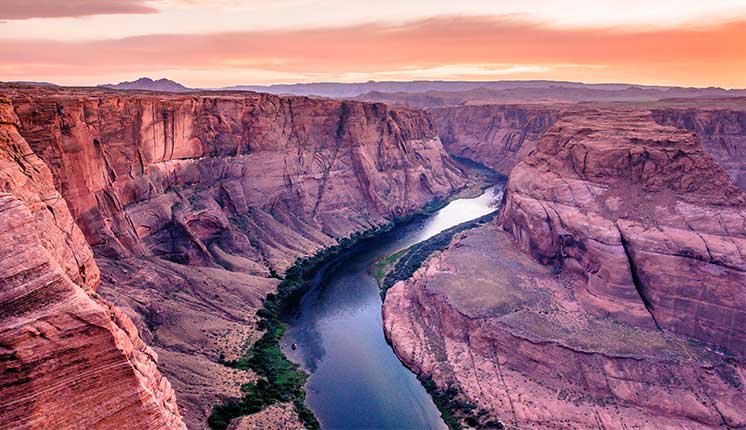
On November 17, U.S. Environmental Protection Agency (EPA) Administrator Lee Zeldin and Assistant Secretary of the Army for Civil Works Adam Telle announced a proposed rule that would establish a clear definition of “waters of the United States” (WOTUS) under the Clean Water Act.
The agency’s proposed definition of WOTUS would fully implement the Supreme Court’s direction in Sackett v. Environmental Protection Agency by focusing on relatively permanent, standing or continuously flowing bodies of water—such as streams, oceans, rivers, and lakes—and wetlands that are connected and indistinguishable from such waterbodies. The proposal also takes into account seasonal and geographic variability by including waters that flow uninterrupted throughout the wetter months in the proposed definition of “relatively permanent” waters, based on pre-proposal feedback.
The agencies developed this proposed rule using input from multiple sources, including a pre-proposal recommendations docket, information from nine public listening sessions, and consultation comments from states, tribes, and local governments. Key proposed revisions include:
- Defining key terms like “relatively permanent,” “continuous surface connection,” and “tributary” to appropriately delineate the scope of WOTUS consistent with the Clean Water Act and Supreme Court precedent.
- Establishing that jurisdictional tributaries must connect to traditional navigable waters either directly or through other features that provide predictable and consistent flow.
- Reaffirming that wetlands must be indistinguishable from jurisdictional waters through a continuous surface connection, which means that they must touch a jurisdictional water and hold surface water for a requisite duration year after year.
- Strengthening state and tribal decision-making authority by providing clear regulatory guidelines while recognizing their expertise in local land and water resources.
- Preserving and clarifying exclusions for certain ditches, prior converted cropland, and waste treatment systems; Adding a new exclusion for groundwater.
- Incorporating locally familiar terminology, such as “wet season,” to help determine whether a water body qualifies as WOTUS.
Additionally, the limitation to wetlands that have surface water at least during the wet season and abut a jurisdictional water will further limit the scope of permafrost wetlands that are considered to have a continuous surface connection under the proposed rule.
The proposed rule will be published in the Federal Register and open for public comment for 45 days. EPA and the Army will host two hybrid public meetings. Learn more from on EPA website here (Public Fact Sheet | Agricultural Fact Sheet).
For more information, contact RCRC Senior Policy Advocate, Staci Heaton.
